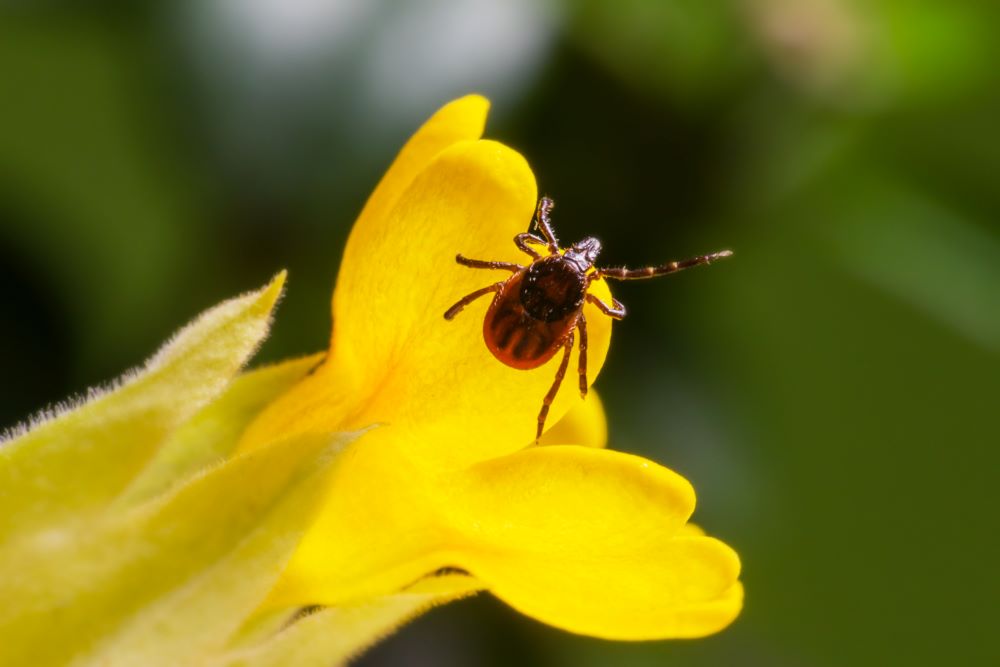Deadly tick disease is on the rise in several states.
The Centers for Disease Control and Prevention (CDC) has recently issued a warning about a significant increase in the number of reported babesiosis cases across eight northeastern U.S. states between 2011 and 2019. Babesiosis is a tick-borne disease that is harbored by Babesia parasites, which get into the bloodstream and red blood cells of humans when they are bitten by the blacklegged tick.
The eight states that have seen a substantial uptick in the number of babesiosis cases are Connecticut, Maine, Massachusetts, New Hampshire, New Jersey, New York, Rhode Island, and Vermont. Vermont has experienced the most significant increase in the number of cases, with the state recording only 2 cases in 2011 but 34 cases in 2019, an increase of 1602%! Maine and New Hampshire have the second- and third-highest number of cases.
Between 2011 and 2019, the CDC received a total of 16,456 reported babesiosis cases from 37 different states. The number of cases per 100,000 people in the population ranged from 0.32 for Vermont in 2011 to 18.0 for Rhode Island in 2015. While babesiosis is still considered relatively rare, it is essential to take precautions when in areas where ticks may be present.

To prevent tick bites, one should cover their legs and avoid underbrush and long grass. Young children should avoid rolling down grassy hills. Also, wearing light-colored fabrics may help with spotting a hitchhiking tick on one’s clothing. Tick repellent has been proven to be beneficial as well. And staying current on news reports regarding any increases in the presence of ticks can help ensure one is staying proactive in fending off bites. These techniques are often used by many hunters, hikers, and outdoor explorers all around the world to prevent nasty bug bites and the transmission of this potentially life-threatening virus.
The CDC states, “Not all infected persons are symptomatic or febrile (an estimated 25% of infected adults and 50% of children are asymptomatic). The clinical manifestations, if any, usually develop within several weeks after exposure, but may develop or recur months later (for example, in the context of surgical splenectomy).”
Common signs and symptoms of the illness may include fatigue, headaches, gastrointestinal symptoms such as nausea, vomiting and abdominal pain, and dark urine (likely caused by dehydration). Less common signs and symptoms may include a dry cough, sore throat, photophobia, conjunctival injection, mild splenomegaly, mild hepatomegaly, or jaundice may occur.
The (CDC) also states, “Severe cases can be associated with marked thrombocytopenia, disseminated intravascular coagulation, hemodynamic instability, acute respiratory distress, renal failure, hepatic compromise, altered mental status, and death”.
There are other known ways than just being bitten by a tick to contract this disease like…
– Being transfused with contaminated blood.
– The virus passes through the placenta, infecting the womb of a mother.
– Obtaining an organ transplantation from one infected with babesiosis.
If a person is symptomatic and suspected to have contracted the virus, it’s important to seek immediate medical assistance to ensure the greatest opportunity of combatting low or unstable blood pressure, blood clots and bleeding, low blood platelet count, vital organ malfunctions, or even death.
Sources:
Tick-borne disease babesiosis is on the rise, CDC says. What to know about symptoms and treatment
CDC: Tick-borne Diseases: Babesiosis
What is Babesiosis? A rare tick-borne disease is on the rise in the Northeast


Join the conversation!